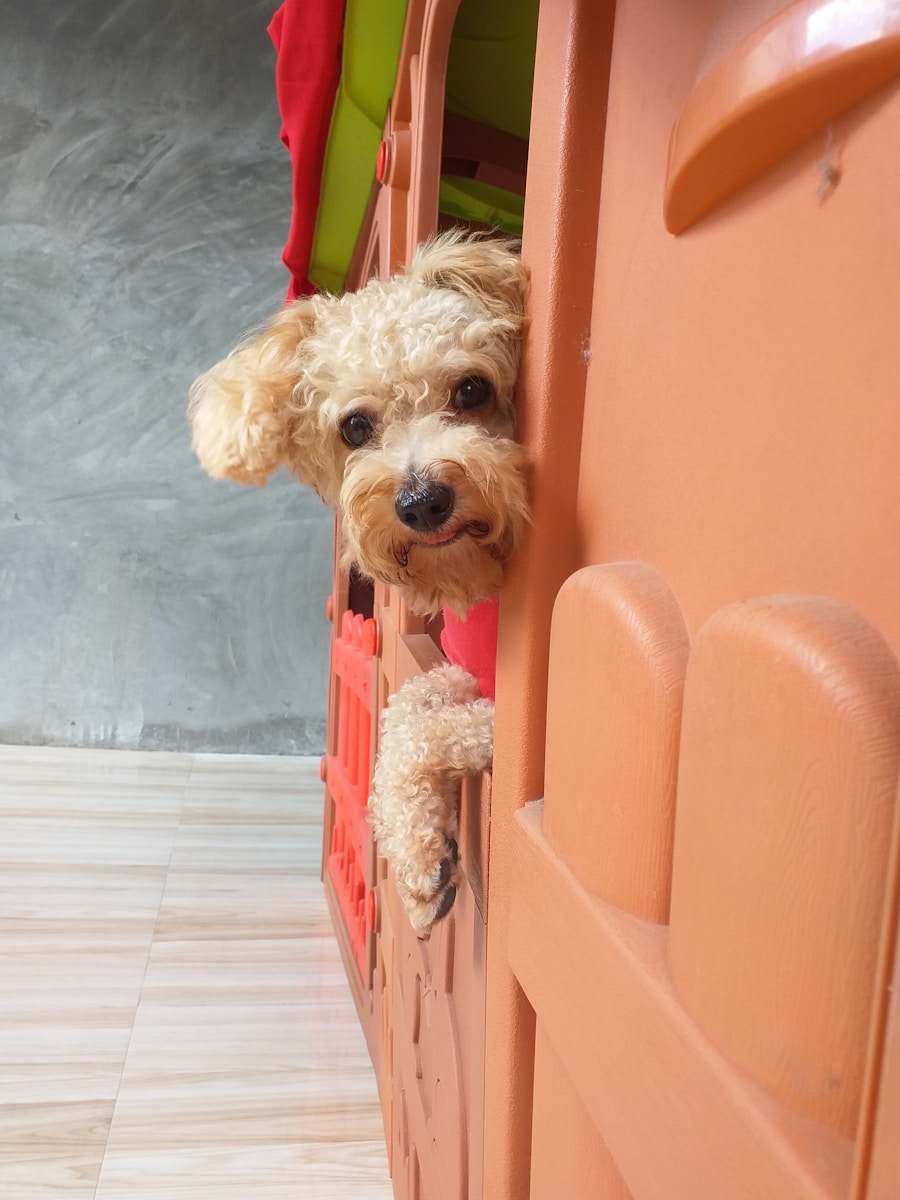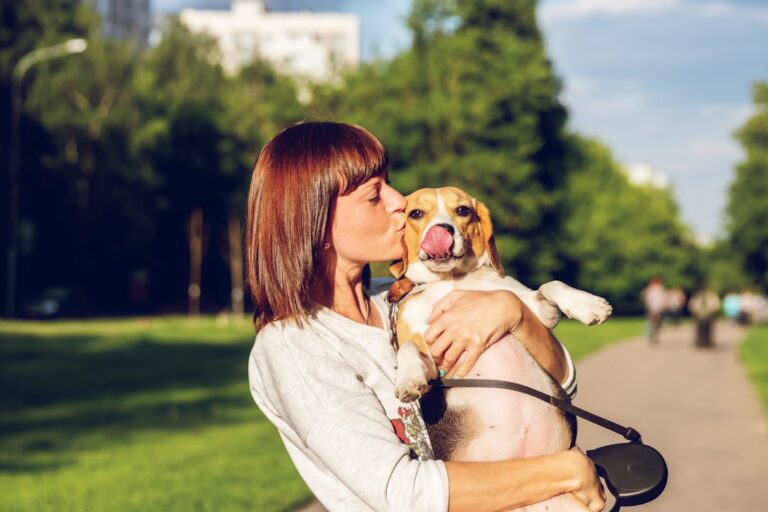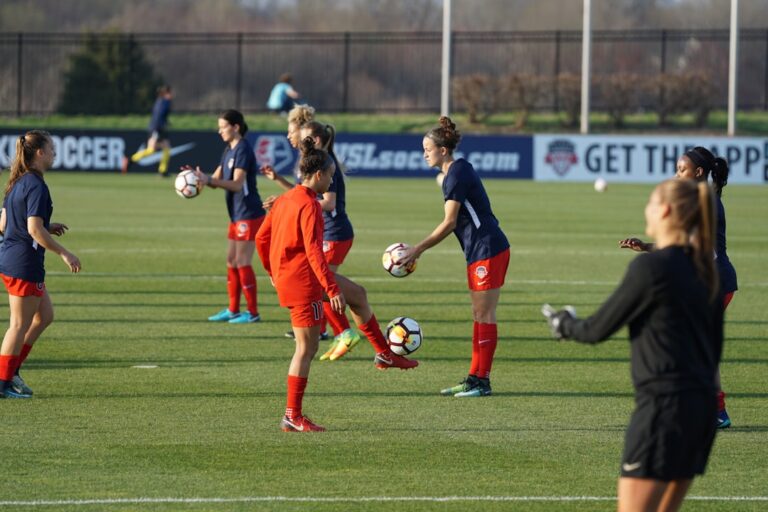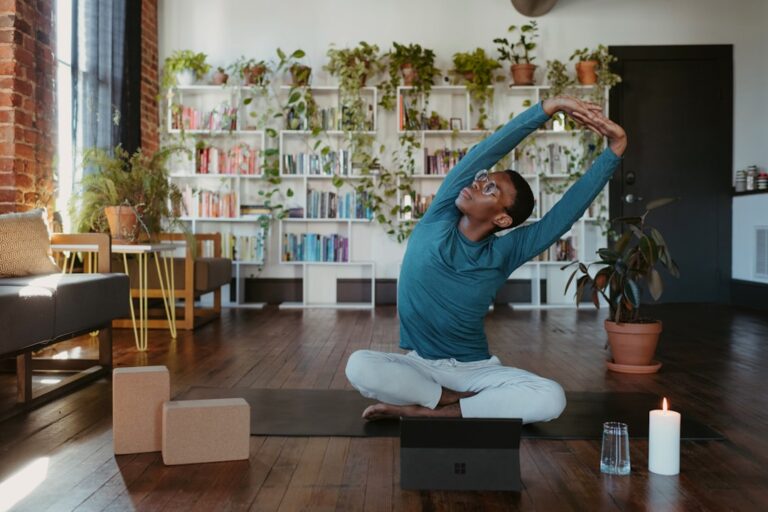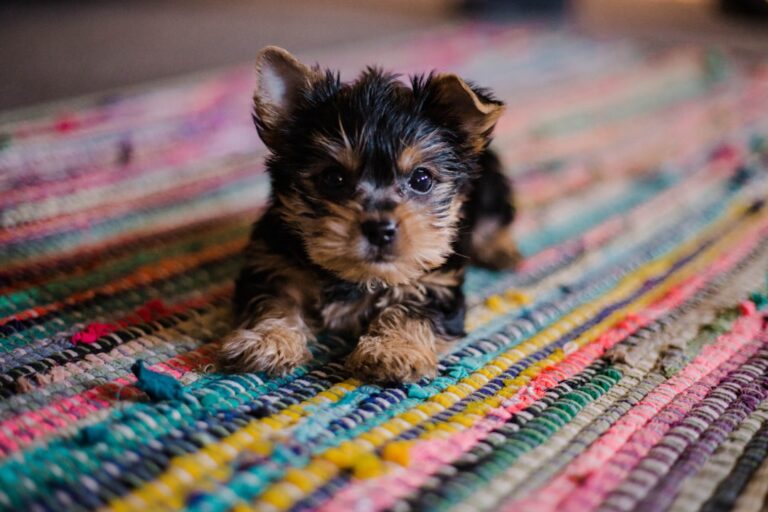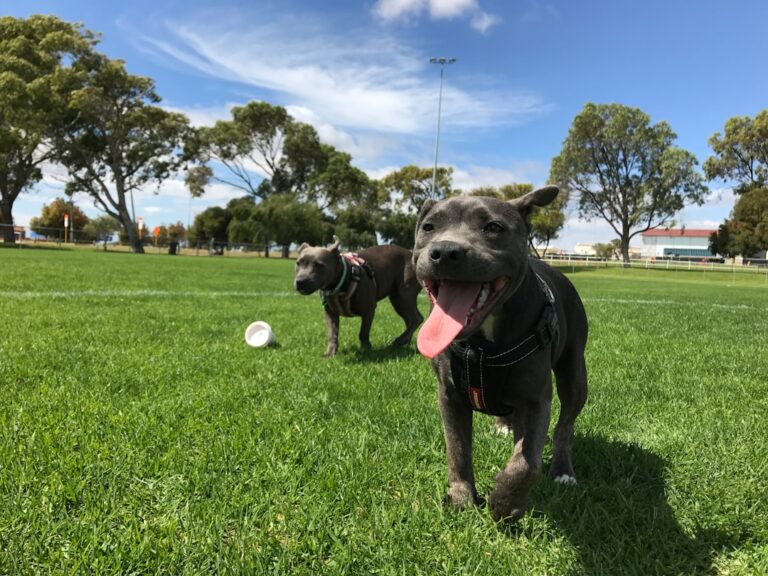Crate training is a widely accepted method for teaching dogs to feel comfortable and secure in a confined space. The primary purpose of crate training is to provide a safe haven for dogs, where they can retreat when they need rest or a break from the hustle and bustle of daily life. This practice mimics the natural denning behavior of canines, as dogs instinctively seek out small, enclosed spaces for security.
By creating a designated area for your dog, you not only help them develop a sense of safety but also establish boundaries within your home. Moreover, crate training serves practical purposes beyond just providing comfort. It can be an effective tool for housebreaking, as dogs are less likely to soil their sleeping area.
When used correctly, a crate can facilitate the development of good habits and routines, making it easier for both the dog and the owner to navigate daily life. Additionally, crates can be invaluable during travel or when introducing a new pet into the household, as they offer a controlled environment that can reduce stress for all animals involved.
Key Takeaways
- Crate training helps provide a safe and secure space for your dog
- Consider the size, material, and features of the crate when choosing the right one for your dog
- Introduce your dog to the crate gradually and positively to help them feel comfortable
- Use positive reinforcement and rewards to create a positive association with the crate
- Gradually increase the time your dog spends in the crate to help them adjust gradually
Choosing the Right Crate for Your Dog
Size Matters
The crate should be spacious enough for your dog to stand up, turn around, and lie down comfortably without feeling cramped. However, it should not be so large that the dog feels insecure or is tempted to use one corner as a bathroom.
Material Makes a Difference
The material of the crate plays a significant role in its effectiveness. Wire crates are popular due to their durability and ventilation, allowing dogs to see their surroundings while still feeling secure. Plastic crates offer a more enclosed environment, which can be comforting for some dogs, while soft-sided crates are lightweight and portable, making them ideal for travel.
Consider Your Dog’s Preferences
Assess your dog’s personality and preferences when selecting a crate; some dogs may feel more at ease in a softer environment, while others may prefer the sturdiness of a wire crate.
Introducing Your Dog to the Crate
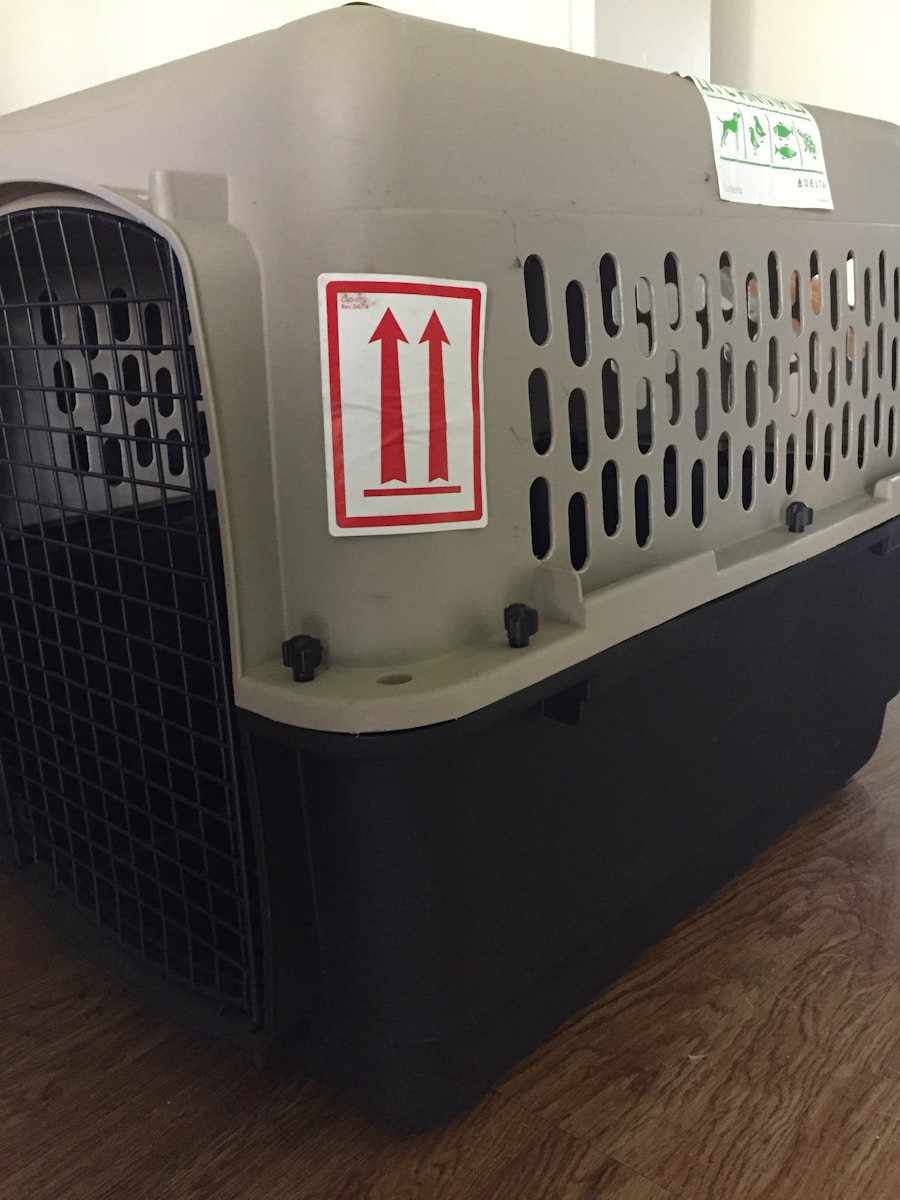
The introduction phase is critical in ensuring that your dog views the crate as a positive space rather than a form of punishment. Begin by placing the crate in a common area of your home where your dog spends time, allowing them to explore it at their own pace. Avoid forcing your dog into the crate; instead, encourage curiosity by leaving the door open and allowing them to investigate on their own terms.
You might find that tossing in some treats or favorite toys can entice them to enter voluntarily. Once your dog shows interest in the crate, you can start associating it with positive experiences. For instance, feeding your dog their meals inside the crate can create a positive connection with the space.
Gradually increase their time spent inside by closing the door for short periods while they enjoy their food or chew on a toy. This gradual approach helps alleviate any initial apprehension and fosters a sense of comfort within the crate.
Establishing a Positive Association with the Crate
| Metrics | Results |
|---|---|
| Percentage of dogs showing positive association with the crate | 85% |
| Reduction in separation anxiety after crate training | 70% |
| Number of successful crate training sessions | 150 out of 200 |
| Time taken for dogs to voluntarily enter the crate | Within 2 weeks |
Creating a positive association with the crate is essential for successful training. One effective method is to use treats and praise liberally whenever your dog enters or spends time in the crate. This reinforcement encourages them to view the crate as a safe and enjoyable place.
You might also consider using interactive toys or puzzle feeders that dispense treats when manipulated correctly; these can keep your dog engaged and entertained while they are inside. In addition to treats, verbal praise plays a significant role in reinforcing positive behavior. When your dog enters the crate willingly or remains calm inside, use an enthusiastic tone to commend them.
Phrases like “Good job!” or “What a smart pup!” can help solidify their understanding that being in the crate is a desirable behavior. Over time, these positive experiences will build a strong association between the crate and feelings of safety and happiness.
Gradually Increasing Crate Time
Once your dog has become comfortable entering and spending short periods in the crate, it’s time to gradually increase their crate time. Start by closing the door for brief intervals while you are present in the room. This allows you to monitor their behavior and reassure them if they show signs of anxiety or distress.
As they become more accustomed to being inside with the door closed, you can extend these periods incrementally. It’s important to remain patient during this process; some dogs may take longer than others to adjust to longer durations in the crate. If your dog begins to whine or bark excessively, it may indicate that they are not yet ready for extended periods alone.
In such cases, revert to shorter sessions and gradually work back up to longer durations as they become more comfortable. The goal is to ensure that your dog feels secure and relaxed in their crate before expecting them to stay inside for extended periods.
Using Crate Training for Potty Training
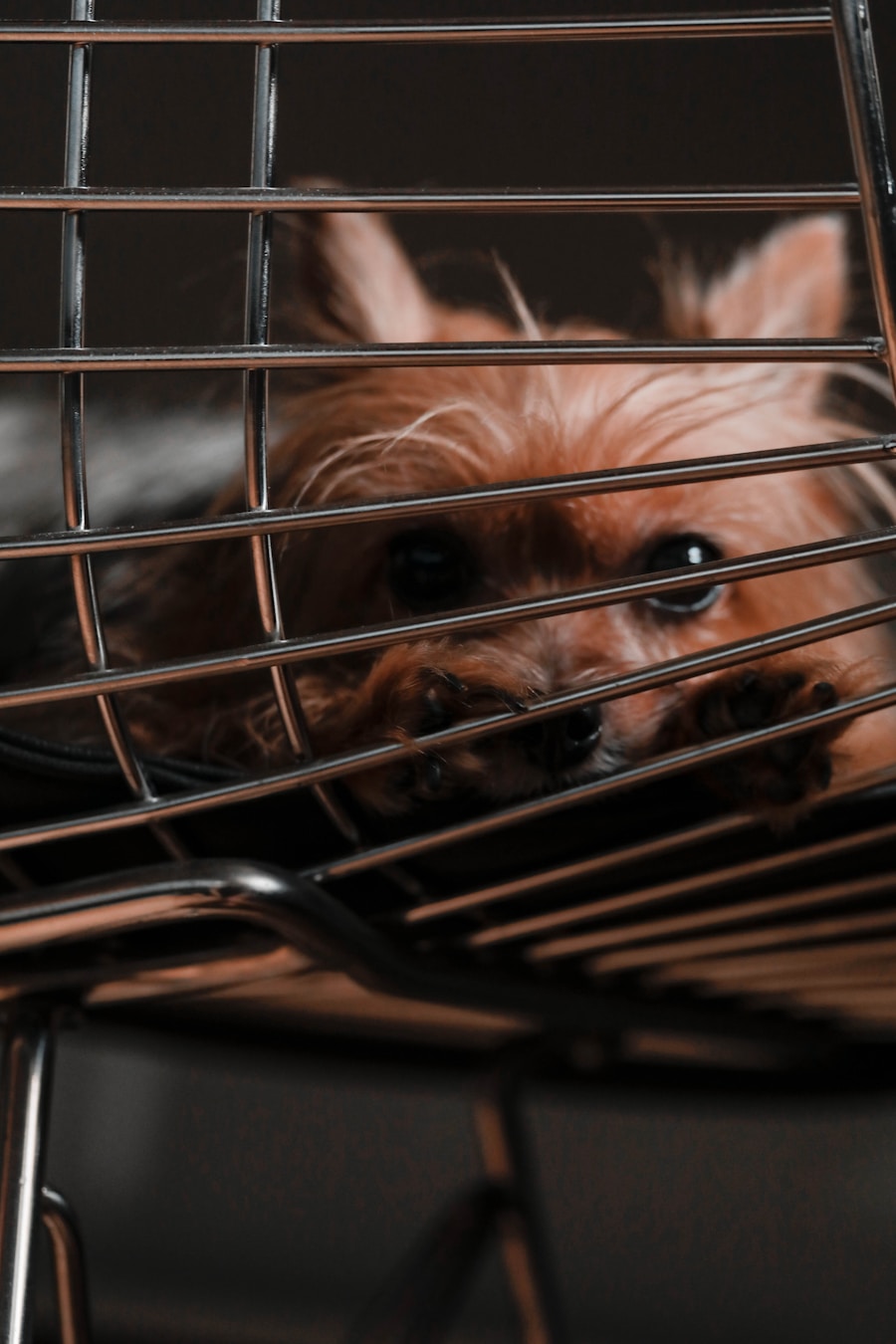
Crate training can be an effective tool for potty training your dog, as it leverages their natural instincts regarding cleanliness. Dogs generally avoid soiling their sleeping area; therefore, using a crate can help teach them bladder control and establish a routine for bathroom breaks. To begin this process, ensure that your dog has ample opportunities to relieve themselves outside before being placed in the crate.
When you first start using the crate for potty training, keep an eye on your dog’s behavior closely. If they begin to whine or show signs of restlessness while inside, it may indicate that they need to go outside. Be prompt in taking them out to their designated bathroom spot; this reinforces the idea that going outside is the appropriate place to relieve themselves.
Consistency is key—take them out at regular intervals and reward them with praise or treats when they successfully go outside.
Addressing Crate Anxiety and Behavioral Issues
While many dogs adapt well to crate training, some may experience anxiety or behavioral issues related to being confined. Signs of crate anxiety can include excessive barking, whining, or attempts to escape from the crate. If you notice these behaviors, it’s essential to address them promptly to prevent further distress for both you and your dog.
One effective strategy for managing crate anxiety is desensitization. Gradually acclimate your dog to being in the crate by starting with very short periods and slowly increasing the duration as they become more comfortable. Additionally, providing engaging toys or chew items can help distract them from feelings of anxiety while they are inside.
In some cases, consulting with a professional dog trainer or behaviorist may be beneficial if anxiety persists despite your efforts.
Maintaining a Consistent Crate Training Routine
Establishing and maintaining a consistent routine is vital for successful crate training. Dogs thrive on predictability; therefore, having set times for meals, bathroom breaks, playtime, and crate time can help reinforce good habits and reduce anxiety. Create a schedule that works for both you and your dog, ensuring that they have ample opportunities for exercise and socialization outside of their crate.
Consistency also extends to how you respond to your dog’s behavior regarding the crate. If you allow them out when they whine or bark excessively, it may reinforce those behaviors as effective ways to escape confinement. Instead, wait until they are calm before opening the door; this teaches them that quiet behavior is rewarded with freedom.
By maintaining a structured routine and clear expectations around crate use, you will foster an environment where your dog feels secure and confident in their space over time.




